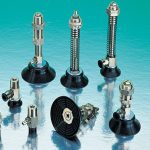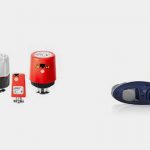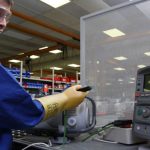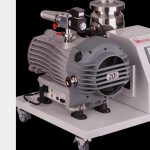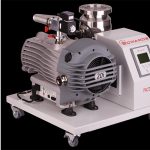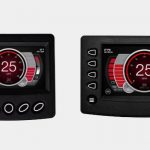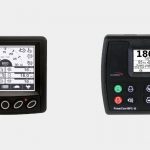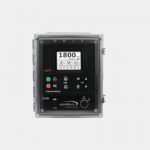Ultrasonic sensors are common parts of many automated factories and other robotic areas of endeavor, in part because they’re easy to understand and in part because they’re easy to use. All ultrasonic sensors have this much in common: they release a pulse of sound too high in pitch for human ears to hear, and they have a sensor in place that ‘hears’ the echo of the pulse after it has bounced off of any objects in the immediate environment. The distance between the sensor and the object is calculated based on the time it takes for the sonic pulse to return to the point of origin.
The sonic pulse is created by a part called a ‘transducer’ that converts electrical energy into mechanical energy, and then mechanical energy into sonic energy. There are two kinds of transducers: piezo, and electrostatic.
Piezo transducers involve a ceramic or crystalline material bonded to a metallic cone or case. The materials in piezo transducers are special insofar as they exhibit the unusual property of converting electricity into mechanical force or vice versa: a piezoelectric crystal will generate electricity if it is forced to bend, or it will bend when electricity is applied. It’s the latter principle used in the piezo transducer: electricity is applied in extremely rapid on-off cycles, causing the crystal (or, rarely, ceramic structure with the same property) to vibrate rapidly against the metallic cone or case, causing a sound. The faster the on/off cycle of the electricity, the higher in pitch the sound created. Obviously, in ultrasonic sensors, the cycle is extremely fast and the sound produced is beyond human hearing.
In an electrostatic transducer, two plates are fixed very near to each other. One plate is aluminum, and the other consists of two layers: an inner layer of a polyimide film called Kapton, and an outer layer of gold. Kapton is a strong, light, insulative plastic that is primarily there to take up space. When an electric charge is introduced to both the gold and aluminum, they become attracted to one another and slap together. Much like the piezo transducer, this means that the more rapidly you pulse the electricity going into the electrostatic transducer, the higher the soundform that comes out.











